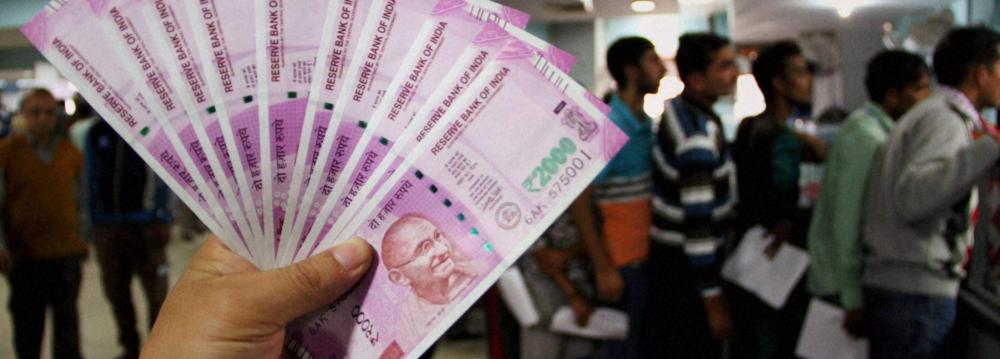The biggest problem with India suddenly removing 86% of its currency from circulation without having an adequate supply of new notes ready to take their place is that fact that India is more reliant on cash than almost any other country on earth.
“This is a public sector innovation unthought of in history. A cultural-economic revolution in the making!” exclaimed Monishankar Prasad, a New Delhi-based author and editor, about India’s demonetization initiative and subsequent drive towards developing a cashless economy, Wade Shepard wrote for Forbes.
Suddenly, hundreds of millions of people were left without the means to engage economically, to buy the things they wanted and needed, and myriad businesses were left without a readily available mechanism to receive payment for their goods, to buy supplies, or pay their staff.
India’s demonetization scheme was a unilateral initiative that was planned in secret—in a back room of Prime Minister Modi’s home, in fact—by a small group of insiders tied-in with the upper echelons of India’s government.
The strategy was to instantly nullify all 500 and 1,000 rupee banknotes, the most common currency denominations in the country, and then eventually replace them with newly designed, more secure 500 and 2,000 rupee notes. This endeavor instantaneously became policy when the prime minister announced it via a surprise television address at 10:15 PM on November 8.
One of Modi’s main brands is that of a corruption fighter, and his demonetization initiative was rushed into effect in an attempt to catch the black market off guard—which could potentially lead to a big payday for the central bank if large amounts of illicit cash wasn’t redeemed. That plan flopped, as almost all of the recalled notes were officially accounted for one way or another.
Virtual Fiat
This surprise demonetization also did something else: it pushed millions of new users onto the country’s digital economic grid by virtual fiat. Not even the banks were notified in advance of Modi’s plan, and, even with strict exchange limits that prohibited people from exchanging over $60 worth of rupees at a time, they simply didn’t have enough of the newly designed banknotes on-hand to distribute to the masses looking to redeem their canceled notes. Rather than being a 50-day transition, as the Indian government projected, it is looking as if it will take four months to a year before the country’s currency supply is restored.
In point, the people of India were left in limbo as the government cancelled the bulk of their currency without providing them with the means to obtain the newly printed notes to replace it. On the surface, this seems as if it was a matter of gross negligence, but there may have been more to it than that. As the demonetization process continues, Modi’s rhetoric is less about fighting corruption and more about transitioning India to a cashless economy.
Up until this campaign, India was an incredibly cash-centric economy. Cash accounted for upwards of 95% of all transactions, 90% of vendors didn’t have card readers or the means of accepting electronic payments, 85% of workers were paid in cash, and almost half of the population didn’t even have bank accounts. “Cash on Delivery” was the preferred choice of 70% of all online shoppers.
By temporarily turning off the engines which drove the cash economy, India hoped that more people could be brought into the fold by using track-able—and taxable—digital financing vehicles, like debit cards and e-wallets.
Whether or not India was ready for this cashless revolution is another question. However, reservations about the timing of India’s big cashless push at this point are irrelevant. It’s happening, ready or not.
Modernization
India is currently in the middle of an all out movement to modernize the way things are paid for. New bank accounts are being opened at a heightened rate, e-payment services are seeing rapid growth, cash-on-delivery in e-commerce has crashed, and digitally-focused sectors like the online grocery business have started booming.
“Even the vegetable vendors on the streets have opened up Paytm accounts and they have a machine outside their shop where someone can scan the bar code and make the payment,” Arpan Nangia, the head of the India desk for HSBC’s commercial banking division, explained.
Modi’s demonetization initiative has been a boon for India’s e-payment providers. Paytm reported a three-times surge in new users—taking on over 14 million new accounts in November alone. While Oxigen Wallet’s daily average users increased by 167% since demonetization began.


